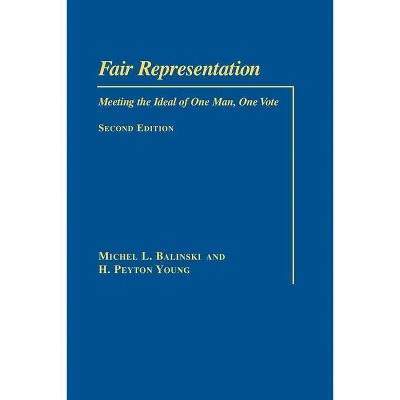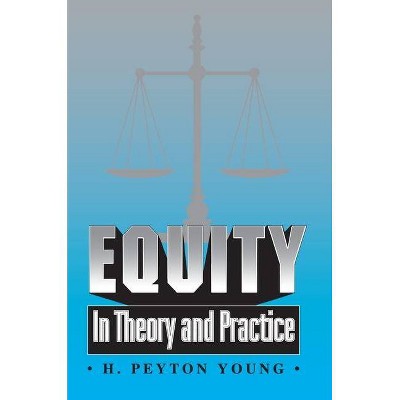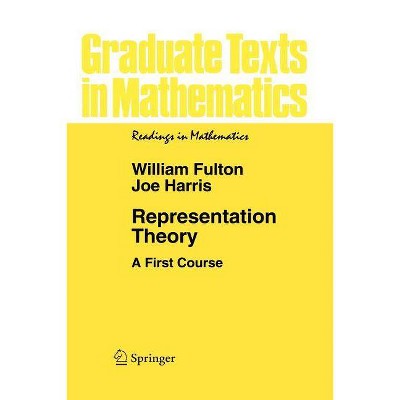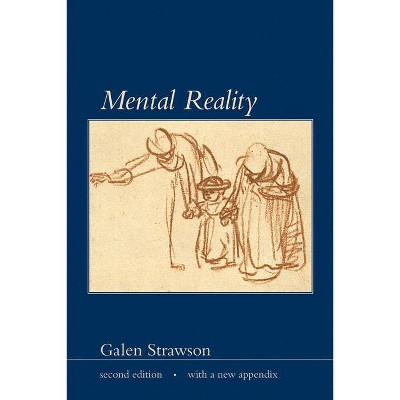Fair Representation - 2nd Edition by Michel L Balinski & H Peyton Young (Paperback)

Similar Products
Products of same category from the store
AllProduct info
<p/><br></br><p><b> About the Book </b></p></br></br><p>The issue of fair representation will take center stage as U.S. congressional districts are reapportioned based on the 2000 Census. Using U.S. history as a guide, the authors develop a theory of fair representation that establishes various principles for translating state populations--or vote totals of parties--into a fair allocation of congressional seats. They conclude that the current apportionment formula cheats the larger states in favor of the smaller, contrary to the intentions of the founding fathers and compromising the Supreme Court's one man, one vote rulings. Balinski and Young interweave the theoretical development with a rich historical account of controversies over representation, and show how many of these principles grew out of political contests in the course of United States history. The result is a work that is at once history, politics, and popular science. The book--updated with data from the 1980 and 1990 Census counts--vividly demonstrates that apportionment deals with the very substance of political power.</p><p/><br></br><p><b> Book Synopsis </b></p></br></br><p>The issue of fair representation will take center stage as U.S. congressional districts are reapportioned based on the 2000 Census. Using U.S. history as a guide, the authors develop a theory of fair representation that establishes various principles for translating state populations--or vote totals of parties--into a fair allocation of congressional seats. They conclude that the current apportionment formula cheats the larger states in favor of the smaller, contrary to the intentions of the founding fathers and compromising the Supreme Court's one man, one vote rulings. Balinski and Young interweave the theoretical development with a rich historical account of controversies over representation, and show how many of these principles grew out of political contests in the course of United States history. The result is a work that is at once history, politics, and popular science. The book--updated with data from the 1980 and 1990 Census counts--vividly demonstrates that apportionment deals with the very substance of political power.</p><p/><br></br><p><b> Review Quotes </b></p></br></br><br><P>"The definitive account-and solution-of the 200-year-old apportionment problem. The book is political analysis at its best Edward Tufte, Yale University" --Edward Tufte, Yale University, 1/11/2001<br><p/><br></br><p><b> About the Author </b></p></br></br><p> <b>Michel L. Balinski</b> is the former director of the Laboratoire d'Econométrie of the Ecole Polytechnique in Paris, the founding editor of the journal Mathematical Programming. and is a noted authority on mathematical optimization and operations research. <b>H. Peyton Young</b> is a senior fellow in the Economic Studies program at the Brookings Institution and Scott and Barbara Black professor of economics at Johns Hopkins University. He is the author of several books, including <i>Individual Strategy and Social Structure</i> (Princeton, 1998) and <i>Equity in Theory and Practice</i> (Princeton, 1994).</p>
Price History
Price Archive shows prices from various stores, lets you see history and find the cheapest. There is no actual sale on the website. For all support, inquiry and suggestion messagescommunication@pricearchive.us




















